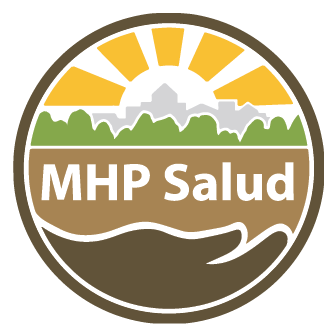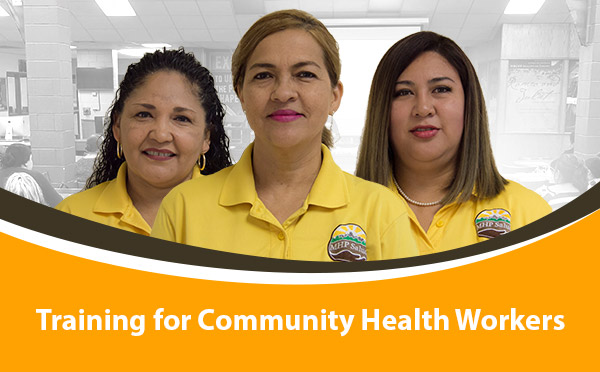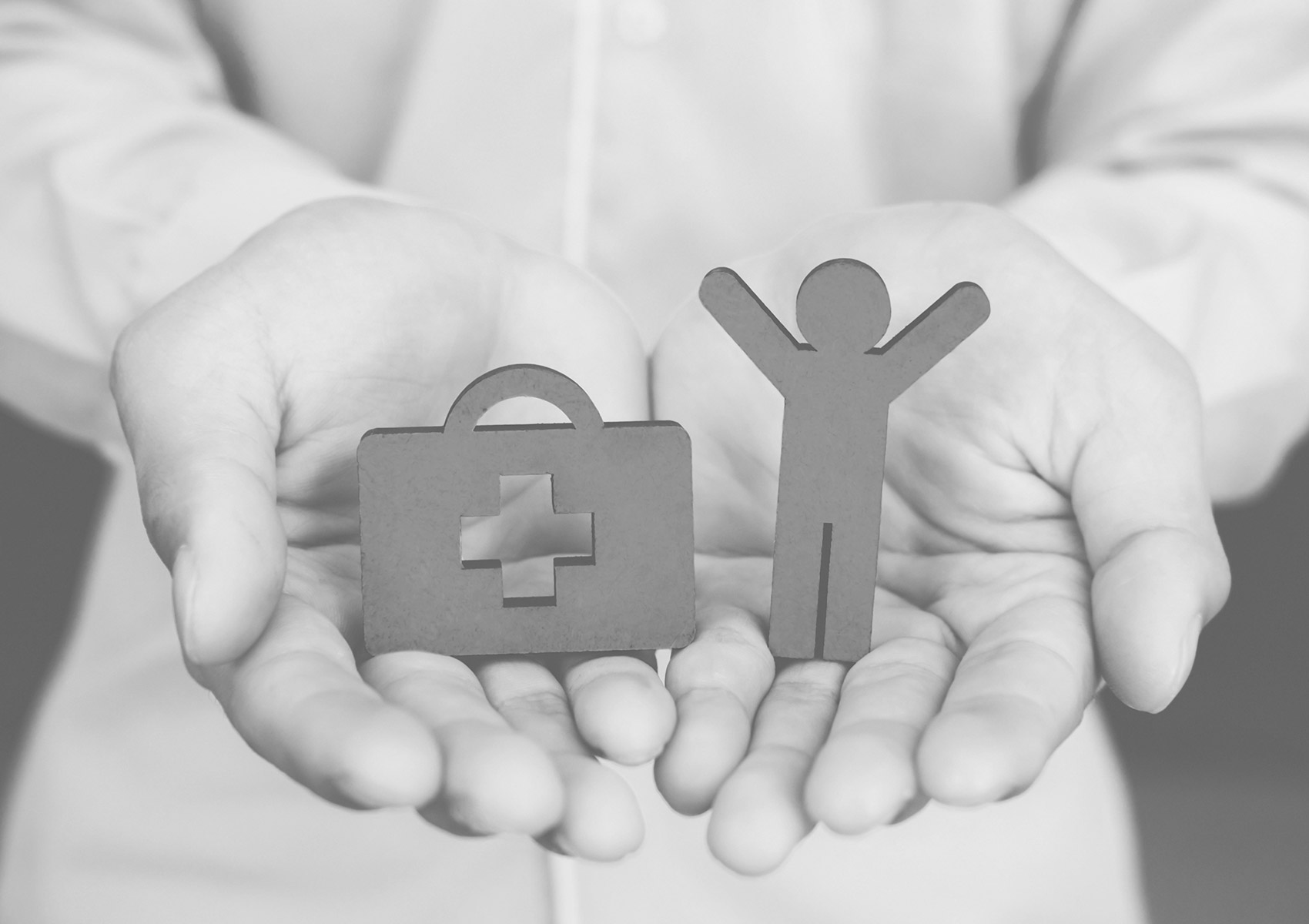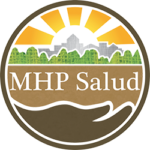La Esperanza Summer 2019 Edition



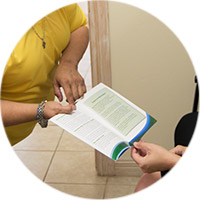
The CHW Role in Improving Health Outcomes through Health Literacy
What is Health Literacy?
According to U.S. Department of Health and Human Services, health literacy is the extent to which individuals have the capacity to obtain, process, and understand basic health information and services needed to make appropriate health decisions.1
Overall, literacy involves components such as reading, writing, and basic numeracy. Health literacy contains many of the same components as general literacy but is focused on health promotion, maintenance, and improvement.
Health literacy affects people’s ability to:
- Engage in self-care, chronic-disease management, and decision making
- Navigate the healthcare system, including filling out complex forms, and locating providers and services
- Share personal information such as health history with providers
- Understand mathematical concepts such as probability and risk 2
Health literacy levels cannot be determined just by looking at your client, even though some barriers to health literacy may be readily apparent (e.g. culture/language different from that of a healthcare provider, limited English proficiency, low educational background). Health information can overwhelm even persons with advanced literacy skills. Therefore, a patient’s health literacy level should be assessed to ensure an effective understanding of the information provided.
Community Health Workers (CHWs) Improving Health Outcomes
According to the U.S Department of Health and Human Services (HHS), cultural and linguistic differences among patients directly impact their health literacy levels. This has contributed to an increased prevalence of health disparities among elderly adults, racial/ethnic minorities, recent refugees and immigrants, low-income individuals, and non-native English speakers.3
As a result, addressing has become an essential component of the Community Health Workers (CHWs) role. CHWs have the unique ability to build trusting relationships with patients and fill the gaps in the delivery of health services. This relationship enables patients to more readily obtain, process, and understand their personal health information. 1
CHWs identify health literacy needs by assessing the individual’s comprehension through different strategies such as:
- Asking open-ended questions to assess the patient’s understanding of written materials, including prescription labels
- Using the Teach Back communication method to determine if a patient has understood the instructions and can repeat the information in their own words
- Handing the patient/participant written material upside down while discussing it, and observing whether they turn it right side up 4
Once identified, CHWs can address these needs by:
- Ensuring that the health information is relevant to the intended users’ social and cultural contexts
- Supplementing instructions with visuals 5
- Limiting the number of messages, using plain language, and focusing on action 6
CHWs are an essential resource for patients to understand health information and services provided. Ultimately, working to reduce health disparities and improve health outcomes by enhancing the individual’s’ capacity to seek medical care and utilize preventive measures. MHP Saluds’ Health Literacy L.E.A.D (Listen, Empower, Advance, Deliver) Curriculum unit can provide training to those seeking additional information and tangible tools to address health literacy barriers. To learn more about this training please visit here.
References
- S. Department of Health and Human Services. 2000. Healthy People 2010. Washington, DC: U.S. Government Printing Office. Originally developed for Ratzan SC, Parker RM. 2000. Introduction. In National Library of Medicine Current Bibliographies in Medicine: Health Literacy. Selden CR, Zorn M, Ratzan SC, Parker RM, Editors. NLM Pub. No. CBM 2000-1. Bethesda, MD: National Institutes of Health, U.S. Department of Health and Human Services.
- Quick Guide for Health Literacy (2016). Health Literacy Basics Fact Sheet. Available at: https://health.gov/communication/literacy/quickguide/factsbasic.htm (Accessed April 26, 2019).
- Benjamin R. M. (2010). Improving health by improving health literacy. Public health reports (Washington, D.C. : 1974), Available at: https://www.ncbi.nlm.nih.gov/pmc/articles/PMC2966655/ (Accessed April 26, 2019).
- Institute for Healthcare Improvement (2014). 8 Ways to Improve Health Literacy. Available at: http://www.ihi.org/communities/blogs/8-ways-to-improve-health-literacy (Accessed April 26, 2019).
- Quick Guide for Health Literacy (2016). Improve the Usability of Health Information. Available at: https://health.gov/communication/literacy/quickguide/healthinfo.htm (Accessed April 26, 2019).
- Doak C, Doak L, Root J. 1996. Teaching Patients With Low Literacy Skills. 2nd Edition. JB Lippincott Co.: Philadelphia, PA.
Community Health Worker Testimonial
“I have been working as a Navigator with MHP Salud since 2018, and a Community Health Worker since 2013. I previously worked with another agency at a hospital in Fort Worth, Texas assisting uninsured patients who requested health coverage for additional care and to cover their medical expenses. I felt the gratitude from patients I assisted as they now could focus on getting better instead of worrying about how they were going to pay their hospital bills. At this point, I knew that our community needed to be informed and educated on how to use the available services.
Growing up, my siblings and I lacked medical coverage due to my father being self-employed and my mother not speaking English. She was not aware of programs or assistance available. As a Community Health Worker, I have been able to reach out to families and inform them in a culturally and linguistically appropriate manner about the assistance that is available. Currently, I’m able to help families seek health coverage, educate them on how their coverage works, and explain benefits that are available for them. When families are aware that you understand their needs or their limitations, they feel more comfortable and are more willing to reach out for help. ”
Criselda Flores, Navigator
Dinámica…
A dinámica is an activity or game with a specific purpose, such as to: get to know one another, learn new information, review what was learned, brainstorm new ideas or just get a group moving.
I Remember
Resources:
- Coins
- Prize

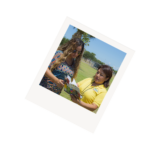
Duration:
Allow five minutes for setup. Allow five minutes for each round. At the end of all rounds, call each year in order and ask each participant to stand and give his or her name. Award a prize to the holder of the oldest coin.
Instructions:
- First, get a coin.
- Next, look at the year on the coin. Take a minute to think about what you were doing when that coin was minted. Were you in school? Were you a child? Where did you work? Were you married? Where did you live? What was going on in your life at that time? What was the music of the day?
- After you have had some time to remember where you were, you are ready to play the game. Your goal is to find someone with a coin that was minted at least two years before or after yours. Ultimately, your goal is to have the oldest coin in the room.
- Once you have found a partner, take three minutes each to tell each other about your moments in time. When you are finished, each of you flip your coin. Reveal the results of your toss to your partner. If they are alike (both heads or tails) exchange coins. If they differ, keep your original coin.
- Repeat the process up to three times as designated by the facilitator.
Adapted from: Students as Partners: Peer Support Icebreakers. The University of Manchester. Available at: https://documents.manchester.ac.uk/display.aspx?DocID=7582 (Accessed on April 26, 2019)
Resources
Health literacy plays a major role in an individual’s ability to comprehend health information and navigate the healthcare system. Beginning the discussion around Health Literacy, Community Health Workers learn about health literacy and its impact on the community. Building on this discussion, participants practice tools to address health literacy barriers and differentiate it from other related issues. For more information visit here.
This guide provides organizations with an overview of practical tools used to create and/or improve written materials. It includes information, tips, and resources on readability, writing style, layout and design, and how to adapt written documents to different audiences. The main purpose of this resource is to improve the quality of informational written materials, therefore increasing the understanding from a broader and diverse audience of readers. For more information visit here.
AHRQ-funded researchers have developed four tools to measure an aspect of health literacy—individuals’ reading comprehension in a medical context. This page includes two new tools that allow direct comparison of health literacy in speakers of English and Spanish. These tools can be used for research, clinical, or program planning purposes. To access these tools visit here.

The Center for Disease Control and Prevention (CDC) is offering an online course addressing health literacy for public health professionals. The goal of this course is to introduce participants to the fundamentals of health literacy and demonstrate its importance within health practice. For more information visit here.
The Newest Vital Sign (NVS) is a new tool designed to quickly and simply assess patients’ health literacy skills. It can be administered in only three minutes and is available in English and Spanish. The patient is provided with a specially designed ice cream nutrition label to review and answer a series of questions. Based on the number of correct answers, Health Care Providers can assess the patient’s health literacy level and adjust their communication style to ensure patient understanding. To access this tool click here.
SAVE THE DATES
29th Annual Midwest Stream Forum for Agricultural Worker Health
September 25 – 27, 2019 Denver, Colorado
2019 East Coast Migrant Stream Forum
October 9-11 2019, Carolina, Puerto Rico
Is your organization interested in starting or strengthening a CHW program? Click here to see how we can help you.
HRSA Disclaimer
This project was supported by the Health Resources and Services Administration (HRSA) of the U.S. Department of Health and Human Services (HHS) under cooperative agreement number U30CS09744, Technical Assistance to Community and Migrant Health Centers and Homeless for $617,235.00 with 0% of the total NCA project financed with non-federal sources. This information or content and conclusions are those of the author and should not be construed as the official position or policy of, nor should any endorsements be inferred by HRSA, HHS or the U.S. Government.
MHP Salud Disclaimer
All content found in MHP Salud materials, including websites, printed materials, photos, graphics or electronic content, unless otherwise cited, credited or referenced, were created by MHP Salud and are the organization’s intellectual property. As such, they are not to be used without the permission of MHP Salud and, if permission is granted, is to be cited appropriately with name and/or logo as designated by the permission granted by MHP Salud in addition to any other condition listed in permission.
